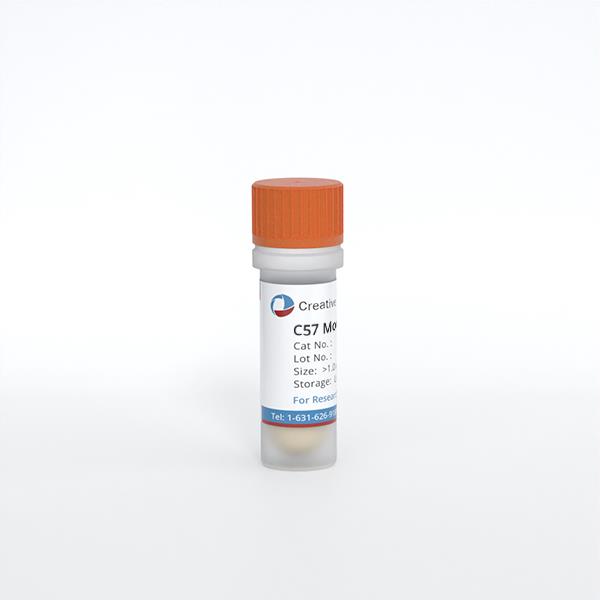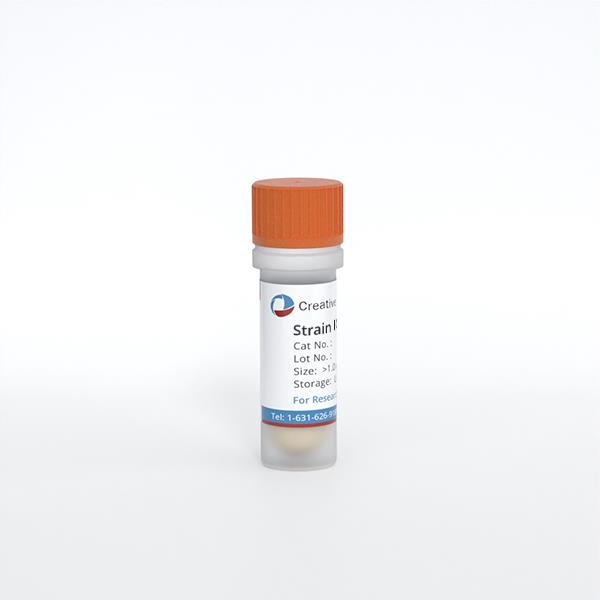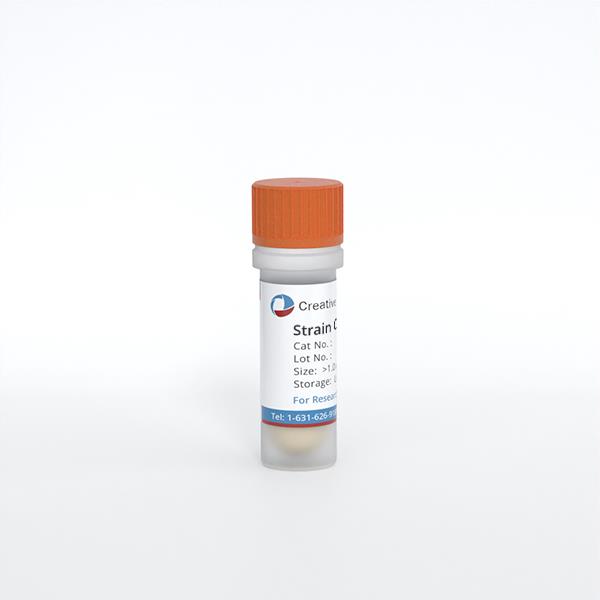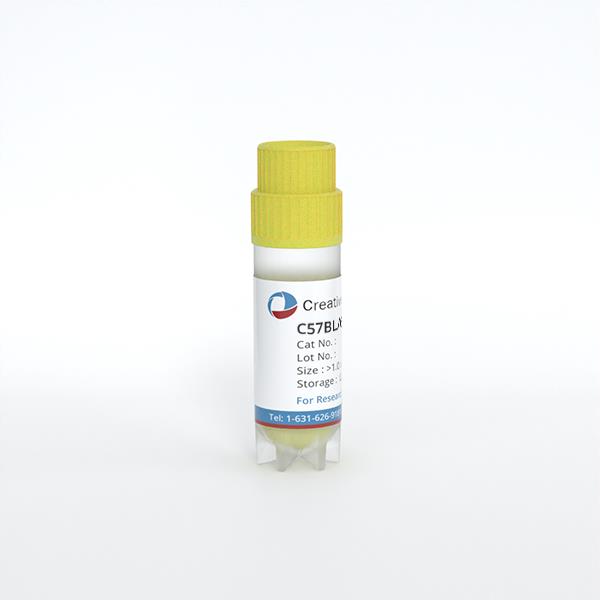Featured Products
Hot Products
ONLINE INQUIRY

C57 Mouse Brain Striatum Neuron
Cat.No.: CSC-C8049L
Species: Mouse
Source: Brain
Cell Type: Neuron
- Specification
- Q & A
- Customer Review
Cat.No.
CSC-C8049L
Description
Mouse Brain Striatum Neurons from Mouse C57 black brain (E14, 15) or Mouse CD1 brain (E14,15) are cell suspensions of high quality primary embryonic brain neuronal cells (including glia) prepared by standardized methods, and are ready for immediate culture. Each vial of striatum cells contains approximately 4 million viable cells. This will seed into 6 or more wells of a 24-well plate and 30 or more wells of a 96-well plate using the recommended plating densities and medium. After approximately 4 days in culture, the cells will form a neurite network and by the 7th day, debris will be minimal.
Applications:
Transfection
Electrophysiological properties
Neurotransmitter function
Inhibitory / excitatory ion-channels
Receptor signaling
Intracellular transport studies
Neurotoxicity
Applications:
Transfection
Electrophysiological properties
Neurotransmitter function
Inhibitory / excitatory ion-channels
Receptor signaling
Intracellular transport studies
Neurotoxicity
Species
Mouse
Source
Brain
Recommended Medium
Cell Type
Neuron
Disease
Normal
Citation Guidance
If you use this products in your scientific publication, it should be cited in the publication as: Creative Bioarray cat no. If your paper has been published, please click here to submit the PubMed ID of your paper to get a coupon.
Ask a Question
Write your own review
- You May Also Need
Related Products






